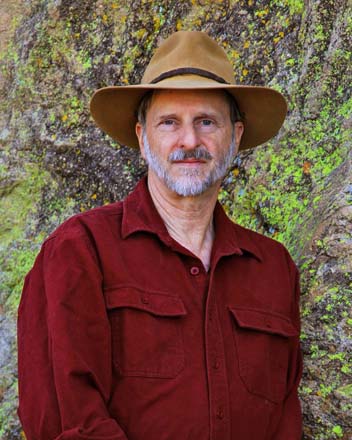 I have always been fascinated by deserts. Where others see barren ground, I see a land teeming with life. Lack of water creates a world which values it. Water and wind sculpt the land into graceful forms and unusual shapes. The desert is not drab; it is filled with color, some delicate, some intense. Ironically, the marvelous subtlety of eastern landscape makes that an even greater challenge.
I have always been fascinated by deserts. Where others see barren ground, I see a land teeming with life. Lack of water creates a world which values it. Water and wind sculpt the land into graceful forms and unusual shapes. The desert is not drab; it is filled with color, some delicate, some intense. Ironically, the marvelous subtlety of eastern landscape makes that an even greater challenge.
Beauty without purpose is mere window dressing. Through my photography I hope to instill in the viewer a greater appreciation of nature and an understanding of the need to preserve these fragile resources.
The most important part of the “big picture” is in the detail. Large format photography is the ideal medium to control perspective and capture that detail. Even while photographing the great icons of our American landscape I seek out fresh new images by concentrating on less published, but no less beautiful aspects of a locale.
Although most of my work is with color, there are some scenes where the lines and shapes are so strong that color is a distraction. Those images are printed in black & white or a toned process. All materials are of museum grade archival quality which, with proper care, will outlive the buyer.
The digital darkroom provides a level of control in color photography which has always existed in the black & white darkroom. Dodging, burning, and other printing corrections can be performed on the computer with greater precision and consistency than in the optical darkroom. This enables me to create images as I saw the scene without the limitations of equipment and film while maintaining artistic integrity. Also, the subject should dictate the aspect of an image, not the arbitrary camera frame so therefore cropping is done as artistically needed.
I find that much of the artistry in photography occurs in processing and printing an image. Just as a primed canvas is not a painting, a film negative or digital file is not a finished print. While a digital file can procuce identical prints, there is nothing that precludes the artist from continuing to process a file to evolve as his/her skills develop or vision of the scene changes over time. Therefore, the uniqueness of a hand made optical print is not necessarily lost in a digital print. Art should be enjoyed by many, not just those who can afford a hand made print or painting. That is why we have art galleries. Art should be democratic, not hidden in a private collection.